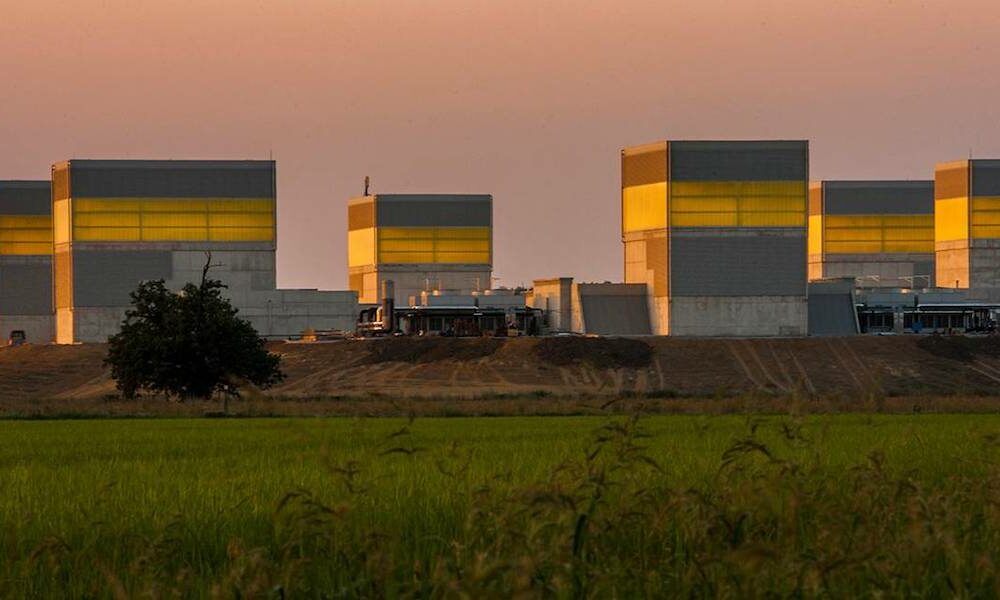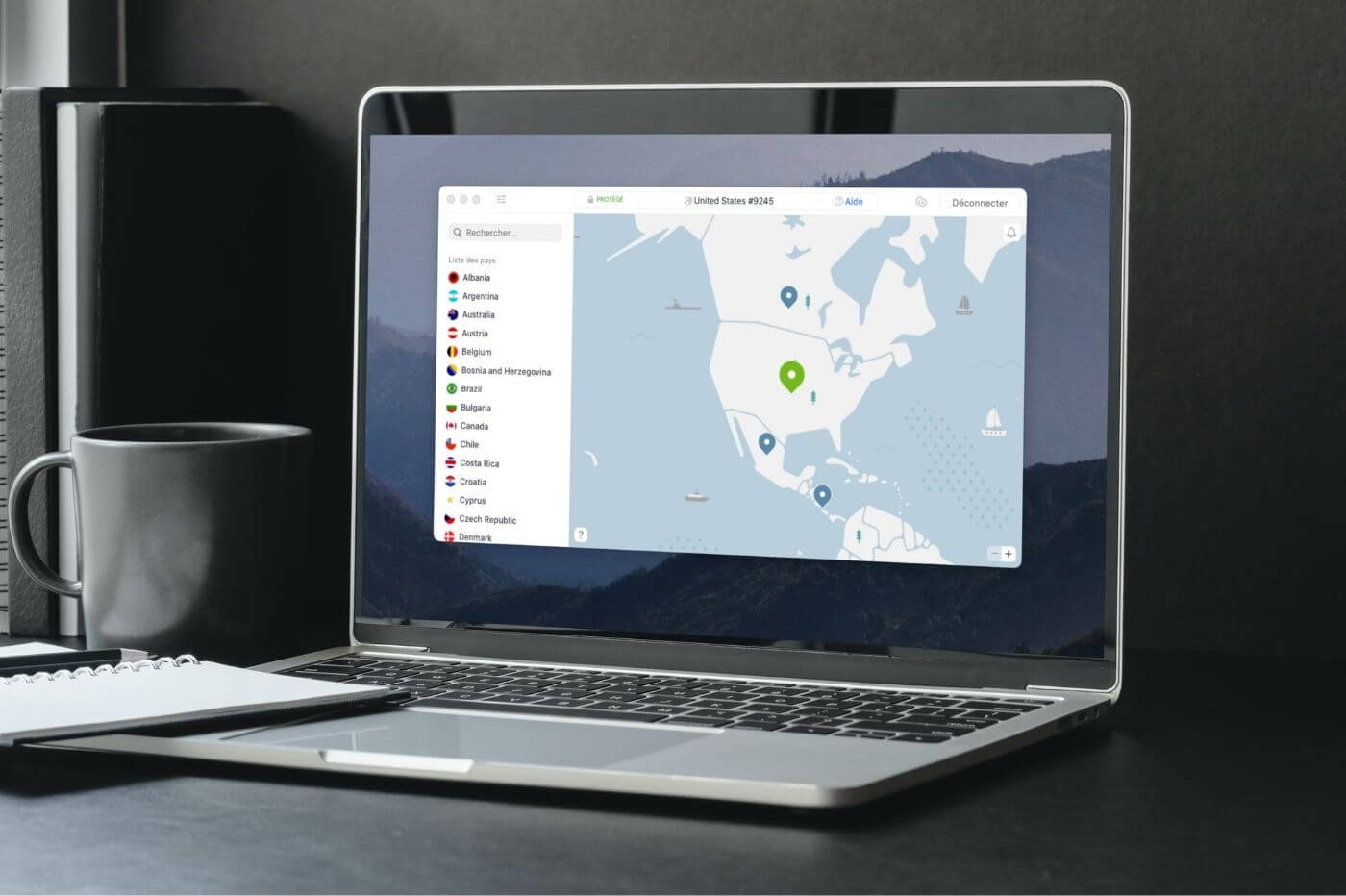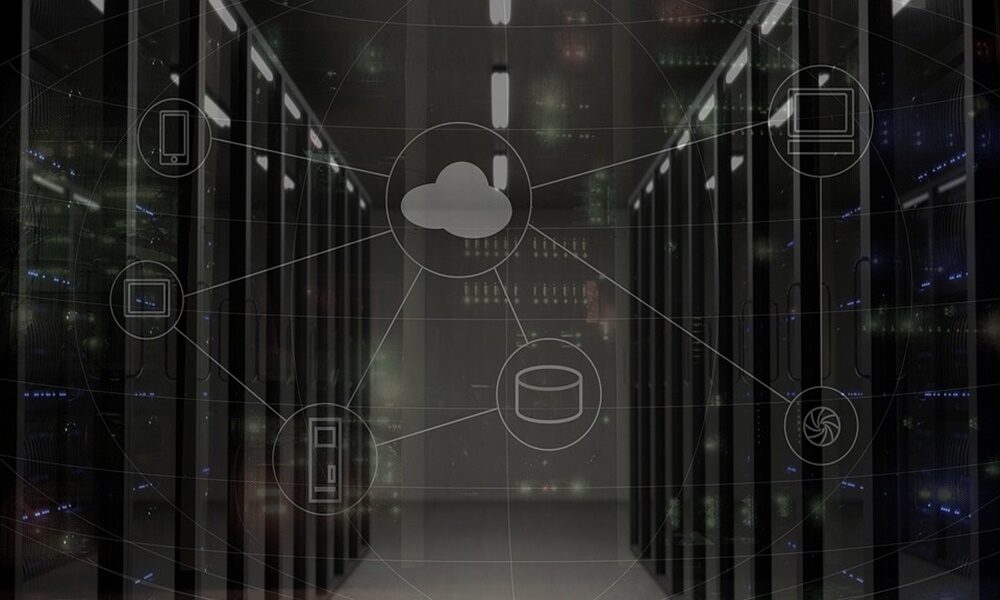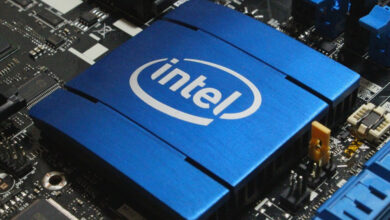
It is no longer a secret to almost anyone: data centers pollute. And not exactly little. Some studies suggest that the activity of these centers could already mean the 2% of carbon dioxide emissions that occur globally. Their large energy consumption (for example, in server cooling tasks) or the diesel fuels that most tend to use to ensure backup systems contribute to this.
In this scenario, more and more voices are calling for data storage and processing solutions to be implemented that minimize their impact on the environment. One of the most talked about in recent years is the Green Data Centerfacilities that, from their design to the technologies they use, minimize their environmental impact throughout their entire life cycle.
Aspects that are taken into account in the design of these centers include their location, the use of electricity and water, the production of CO2 or the materials used to build equipment inside. To determine if a data center is green or not (and to what extent), experts use a metric known as PUE (Power Usage Effectiveness). To determine it, the energy used to power the different active devices and auxiliary services (air conditioning, surveillance cameras, control systems, etc.) is calculated. The relationship between total consumption and that of computer equipment corresponds to the Pue index.
Minimizing energy consumption
Of all the factors that influence the energy consumption of a data center, the cooling of the equipment is probably the one that has the greatest impact. So much so that in recent times the large hyper-scalars are opting to install new data centers in particularly cold or dry regions, so that there is not so much heat to dissipate. In a more exotic way, we are also beginning to see data centers submerged in the ocean, or even ideas that suggest taking future data centers into outer space.
In a more accessible area, trends go through technologies such as free cooling, which show much better results than a traditional air conditioning system. In this sense, we are talking about a system that uses outside air or cools or refrigerates a space. The system extracts the air from the outside, filters it and uses it to carry out the air conditioning, so that it avoids recirculating the return air, even improving the quality of the air inside. On the other hand, the optimization of the air flow through the containment It has allowed the most intelligent cooling of the rooms.
Some companies like OVHcloud go further and combine a liquid cooling system (with water circulating at a low temperature in a closed circuit) with immersion. This solution is based on the fact that each of the servers is housed in an independent library chassis, and in which all the electronics are immersed in a dielectric fluid and in racks that can house up to 48 servers.
In addition to these practices, hyperscalers like Google seek to optimize energy consumption using AI and machine learning. To do this, in MountainView and thanks to the work group that had previously programmed algorithms such as DeepMind, they developed a set of instructions based on automatic learning that aimed to reduce the energy consumption of their CPDs, optimizing the use of resources of each server in based on your actual needs. According to the company itself, 18 months after the start of the program, they obtained a 40% reduction in the energy used for refrigeration and a 15% reduction in general energy expenses.
The environmental impact is also determined by the origin of the energy that is being used and in this sense companies such as AWS stand out, which is not starting up its own data centers, but also clean energy facilities with which to feed them. In fact, and coinciding with the opening of its first availability zone in Spain, the multinational announced the start-up of 16 renewable energy projects in our country with more than 1.5 gigawatts of renewable capacity to power its data centers.
alternative fuels
In addition to continuous power to function properly, data centers need to have backup systems in the event of a power outage. To do this, data centers have traditionally been (the majority still are) equipped with diesel engines that guarantee continuity of service, but which are highly polluting.
Designing greener data centers means, in this sense, also having clean energies that can replace these backup systems… which is not always easy if one takes into account that a large part of the Data Centers are located near cities, therefore that relying on renewable energy sources (such as wind or solar) is not always a realistic or even viable alternative.
What to do then? Some companies consider that the solution is to have alternative fuels, such as HVO (hydrotreated vegetable oil), that is, renewable diesel whose raw material is used cooking oil and which is obtained by treatment with hydrogen as a catalyst. Compared to other fuels, it requires no modification to existing infrastructure, can be used as a direct replacement for diesel, has a shelf life 10 times longer than standard diesel, and offers robust year-round performance in both cold and cold temperatures. tall. Is it completely clean? No, but it pollutes 99% less than traditional diesel.
The future, however, could be in one of the fuels on which there are more hopes: hydrogen. To take advantage of it, some companies have begun experimenting with so-called cells or hydrogen cells, energy conversion devices that produce electricity by combining electrochemically hydrogen with oxygen from the air. Like electric vehicles, for example, hydrogen fuel cell CPDs do not emit greenhouse gases or pollute in other ways.
One of the first companies to start experimenting with this technology is Microsoft. In an extensive document published in the middle of last year, the multinational explained the progress that was being made in this field and showed its intentions that its future CPDs should have these batteries.
They are not the only ones. Last September Equinix, one of the largest CPD construction companies on the planet, announced that it would has allied with the National University of Singapore to investigate the potential of hydrogen to become an alternative and sustainable energy source, for data center infrastructure, which was added to the announcement that they have made from the Netherlands to put The new NorthC center in Groningen is up and running, the first in Europe whose emergency power generators will be replaced by others using this fuel.
Are all these measures enough for the CPD industry to become sustainable in the short and medium term? It is soon to be known, but the voices that suggest that the new data center has to be green or not be, are beginning to be the majority in almost all institutions



